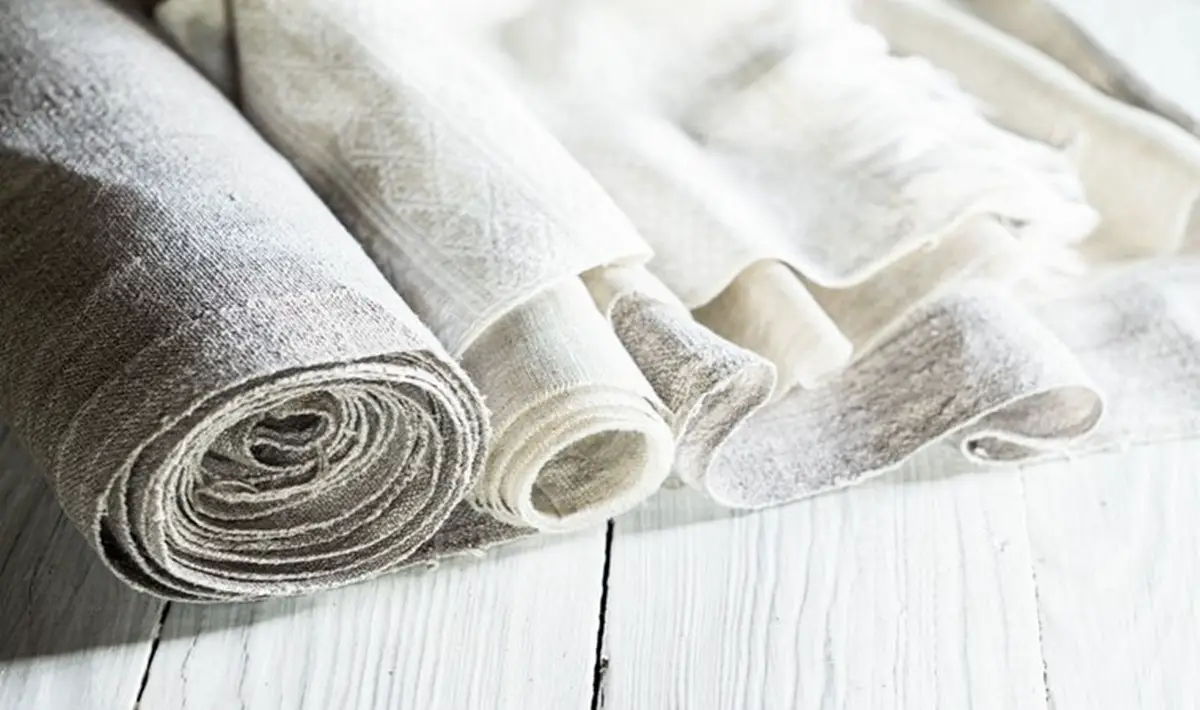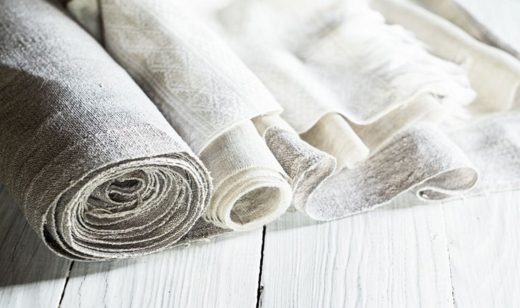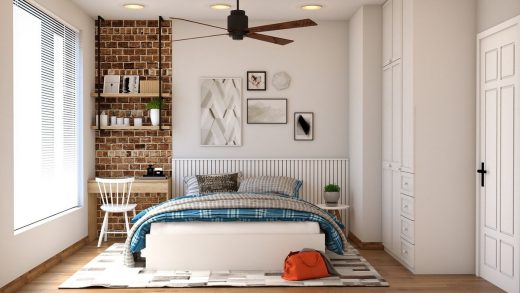The ultimate guide to linen, from fabric to fashion to home, Online property help tips
The Ultimate Guide To Linen: From Fabric To Fashion To Home
23 May 2024
Linen fabric, with its distinct texture and breathable qualities, has a unique place in the world of textiles. Whether used for fashion, home decor, or even utilitarian purposes, linen fabric has proven its versatility time and again.
In this ultimate guide, you will uncover the journey of linen from its roots to its modern-day applications, focusing on why it’s a beloved fabric across cultures and industries.
- The Origin of Linen Fabric
Linen is the oldest known textile, with its history stretching back thousands of years. It is made from the fibres of the flax plant, which grows predominantly in cooler climates like those in Europe and North America. The process of turning flax into linen involves several steps: harvesting, retting, scutching, and spinning. These processes help separate the valuable fibres from the rest of the plant, creating a durable and high-quality fabric.
- Characteristics of Linen Fabric
Linen has several distinctive characteristics that make it desirable in a variety of settings:
- Breathability: Linen’s loose weave allows air to flow through, keeping it cool in hot weather.
- Durability: Linen is known for its strength, which increases when wet, unlike many other fabrics.
- Natural Texture: Linen’s unique texture, with its subtle slubs and irregularities, adds visual interest and depth.
- Moisture Absorption: Linen can absorb up to 20% of its weight in moisture without feeling damp, making it ideal for warm climates.
- Linen Fabric in Fashion
The fashion industry has embraced linen for its comfort, durability, and natural aesthetic. Linen garments are associated with relaxed, casual styles but can also be found in formal contexts.
- Casual Wear: Linen’s breathability makes it perfect for summer clothing like dresses, shirts, and shorts. Its natural texture adds a laid-back vibe ideal for beach vacations or outdoor events.
- Formal Wear: Despite its casual reputation, linen can also be tailored into elegant suits and blazers. The key to using linen fabric in formal settings is to embrace its natural wrinkles and texture, which add character and charm.
- Accessories: Linen is not limited to clothing; it’s also used in accessories like bags, hats, and scarves. Its durability makes it an excellent choice for items that undergo regular wear and tear.
- Linen Fabric in Home Decor
The natural look and feel of linen make it a popular choice for home decor. Its versatility allows it to fit into a wide range of interior design styles, from rustic to contemporary.
- Bedding: Linen sheets and pillowcases are highly prized for their breathability and comfort. They are ideal for those who want to stay cool at night and enjoy the soft texture of linen against their skin.
- Curtains: Linen curtains offer a light, airy feel while providing privacy and diffusing light. They can enhance the aesthetic of any room without being too heavy or formal.
- Upholstery: Linen’s durability makes it suitable for upholstery on furniture like sofas and chairs. It adds a touch of sophistication and can withstand everyday use.
- Table Linens: Linen tablecloths and napkins are a classic choice for formal dining settings. They add an elegant touch and are easy to care for, becoming softer with each wash.
- Caring for Linen Fabric
Linen is a durable fabric that requires proper care to maintain its quality and appearance. Here are some tips for keeping your linen items in top condition:
- Washing: Linen can be machine washed, but it’s best to use a gentle cycle with cool water.
- Drying: Air-drying is ideal for linen, as it helps prevent shrinkage. If using a dryer, choose a low heat setting and remove items while they’re still slightly damp.
- Ironing: If you prefer a crisp look, iron linen while it’s still damp or use a steam iron. Many people embrace the natural wrinkles of linen, which add character and charm.
- Sustainability and Linen Fabric
In an age where sustainability is a growing concern, linen stands out as an eco-friendly choice. The flax plant requires less water and fewer pesticides than other crops like cotton. Linen is biodegradable, making it a sustainable option for those looking to reduce their environmental footprint.
Linen fabric has become a staple in women’s clothing due to its breathability, durability, and natural texture. Its airy feel is perfect for warm climates, making it ideal for summer dresses, blouses, and skirts. Linen’s relaxed elegance also adds a touch of casual sophistication, making it popular across various styles.
- Conclusion
Linen fabric’s journey from ancient times to modern applications is a testament to its enduring appeal. Its unique characteristics, versatility in fashion and home decor, and sustainability make it a valuable addition to any wardrobe or living space. Whether you’re new to linen or a seasoned enthusiast, there’s always something new to discover about this remarkable fabric.
Comments on this The Ultimate Guide To Linen: From Fabric To Fashion To Home article are welcome.
Beds and Bedrooms
Bedrooms Posts
Make Your Bedroom More Comfortable
Essentials things for a perfect master bedroom
Building Articles
Residential Architecture
Architecture: local
The Bellhop Hotel
Comments / photos for the The Ultimate Guide To Linen: From Fabric To Fashion To Home page welcome.







